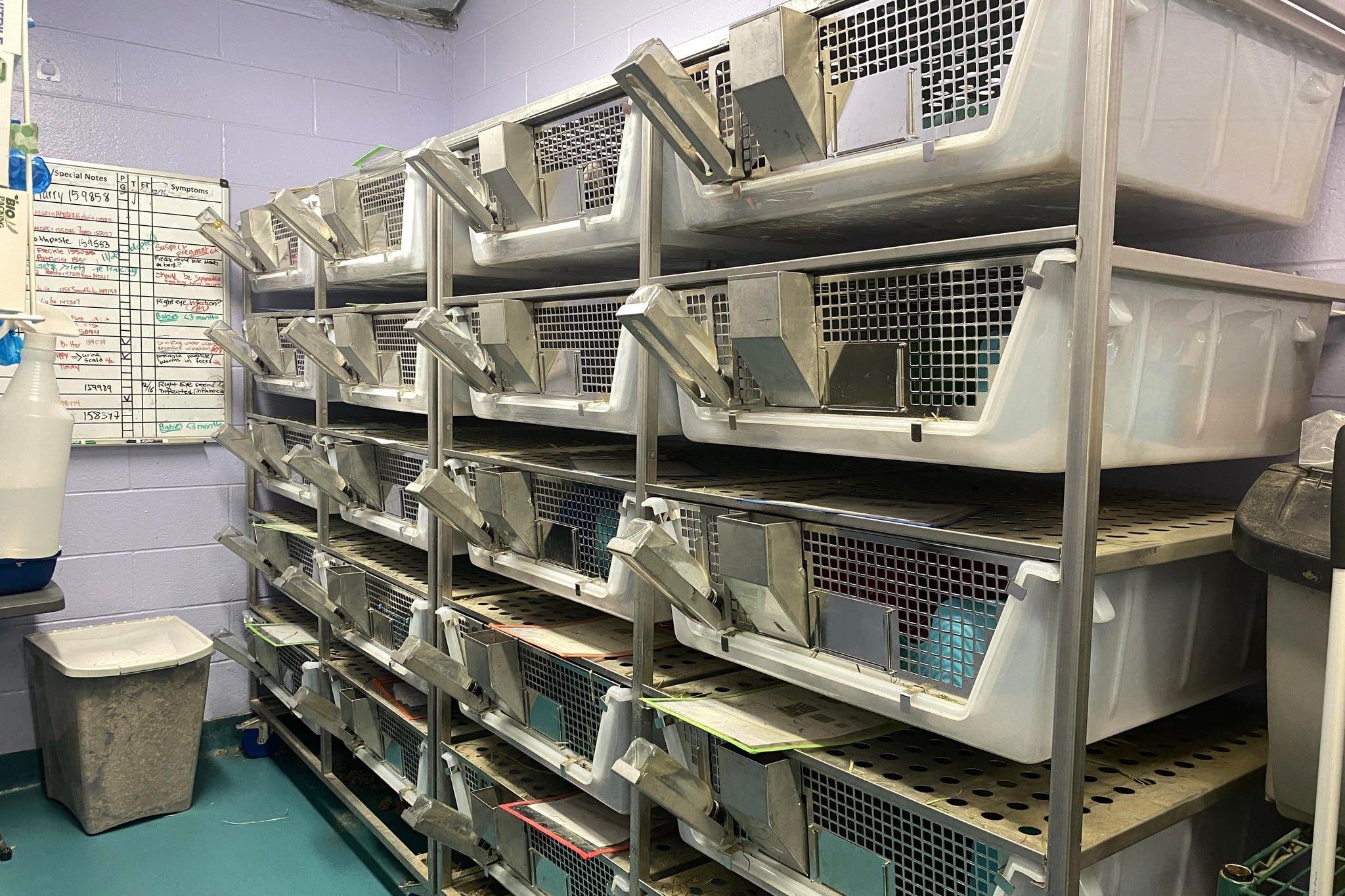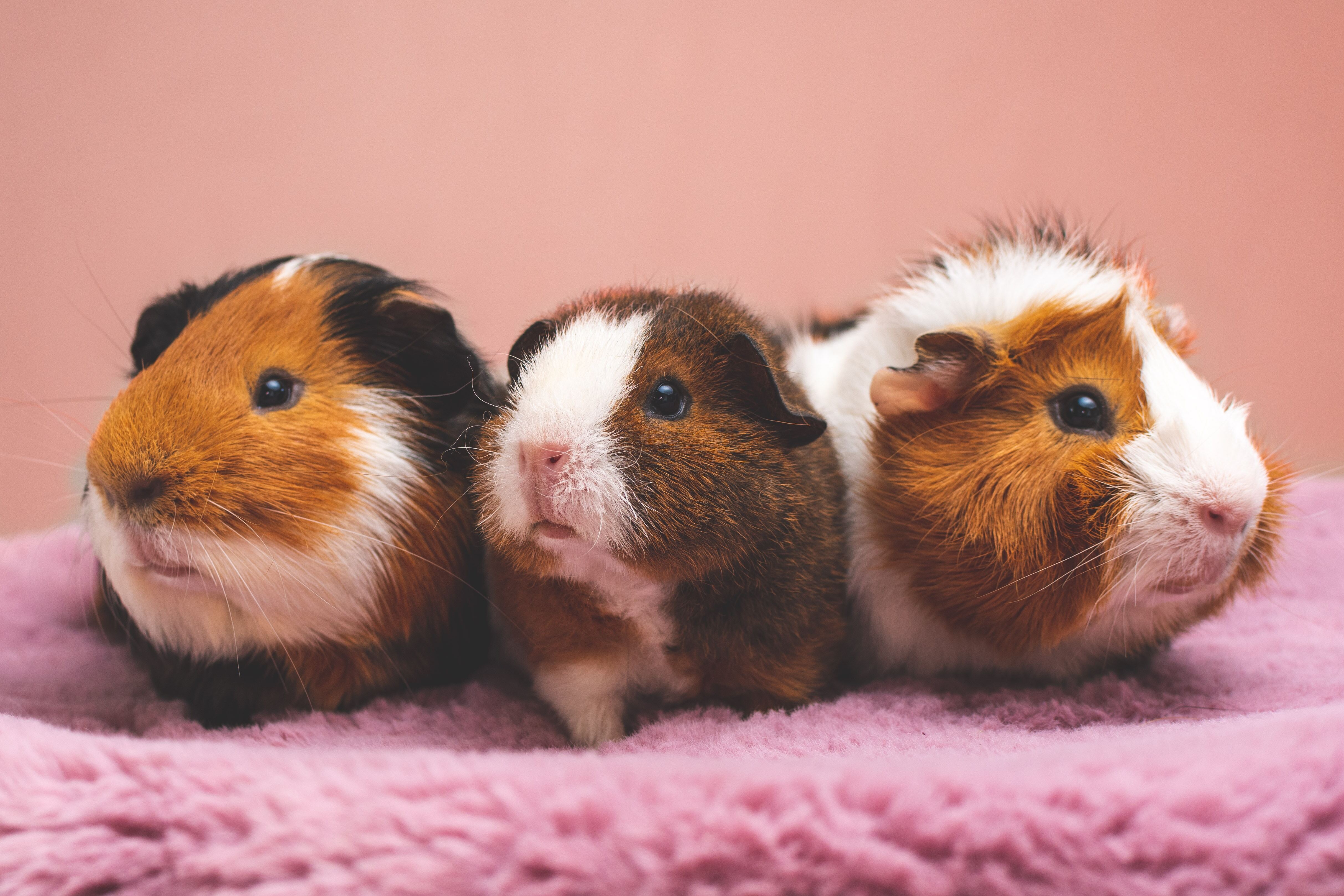You can no longer purchase a guinea pig in New York. The City Council had been considering a bill banning the sale of guinea pigs since last year, and on Tuesday, it unanimously passed. Pandemic piggies, if you will, had overrun shelters, with about 600 surrendered in 2022 (more than twice the influx in 2019). People who wanted a furry friend while in isolation could shell out $25–$50 for one; a price point that probably contributed to them being somewhat easy to part with.
It’s a bummer. But one particular detail in a Gothamist piece on the news of the ban caught my attention: To deal with the influx of residents, the Animal Care Centers of New York City spent $20,000 on a guinea pig tower.
The concept brought to mind some kind of Barbie Dreamhouse or a McDonald’s PlayPlace–type theme park. I instantly wrote to the ACC for more information. In reality, the tower is a much more practical series of small enclosures in drawers that are stacked in sort of shabby high-rise-style accommodations.

There’s something sad about guinea pigs being publicized as such a drain on resources when their lifestyle realities are less than luxurious (all they want is a minimum of 7.5 square feet and ideally a guinea pig friend to hang out with). I believe what’s missing from the discourse is an acknowledgment of the piggies’ untapped potential. Far from a burden on society, surrendered guinea pigs could be used for economic and public gain.
Since guinea pigs’ primary activities are cowering and scuttling, one might assume they offer little value, but this is not the case. For one thing, guinea pigs are voracious eaters—in addition to pellets and fresh vegetables, the Humane Society instructs you to supply an unlimited supply of fresh timothy hay for them. Think about what piggies could achieve if they trained their little chompers on the city’s population of invasive plant species. These weeds need constant pushing back. Historically goats have been given the task of munching the unwelcome growth, but I believe guinea pigs could also fill this role. Compared to goats, they are notably less smelly.
Guinea pigs are also very cute and photogenic and thus present a lot of possible entertainment value. The concept of the cat café has been popular, why not a guinea pig café? They present similar opportunities for themed latte-art and disgruntled photo ops, all while requiring less space. They also look very cute in little outfits. Guinea pigs in little hats and frocks provide practically limitless options for influencer content across platforms.
Looking abroad, there is another solution. During the annual Peruvian National Day of the Cuy (after being dressed up in the aforementioned cute little outfits), close to 10,000 guinea pigs are cooked as a part of the celebration. (This particular author will not go into further detail.)
Guinea pigs are not inherently the most cuddly creatures—perhaps part of the reason so many were adopted, and then, failing to live up to a standard foisted upon them, given up. But they are furry and compact and docile, hence their tradition of being class pets. So, in my opinion, they would also work as a therapy animal, perhaps being brought into nursing homes or hospitals. In a 2018 local news story, an anchor in Kentucky showed footage of a guinea pig that had been certified as part of a support animal program to bring “giant-sized joy” to patients. Instead of worrying about these sweet little rodents taxing our system, we should recognize the possibilities of this plentiful resource.
